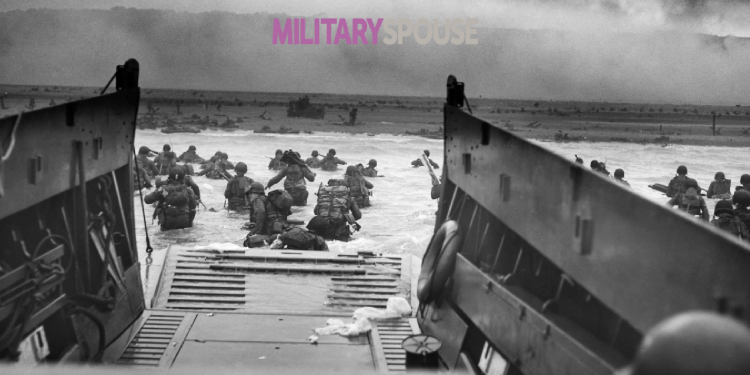Shared from AL.com
The morning of June 6, 1944 marked one of the largest amphibious military assaults the world had ever seen. More than 160,000 American, British and Canadian troops battled their way along a 50-mile stretch of beach in Normandy, France to give the Allies a foothold in Nazi-occupied western Europe and a path to victory in World War II.
The day has become famous for its nickname, “D-Day,” though few people are aware of what the “D” stands for. According to the U.S. Army, its meaning is surprisingly simple, though not immune from debate.
“Disagreements between military historians and etymologists (people who study the history and meaning of words) about the meaning of D-Day abound,” the Army said in its explanation of the phrase.
Here’s one often-repeated explanation of its origin from Stephen Ambrose’s “D Day: June 6, 1944: The Climactic Battle of World War II,” written in 1995:
“Time magazine reported on June 12, 1944 that as far as the Army can determine, the first use of “D” for day, “H” for hour was in Field Order No. 8 of the First Army A.E.F. issued on Sept. 20, 1918, which read “The First Army will attack at H-Hour on D-Day…”
In other words, “D” in D-Day merely stands for ‘Day.” The Army said the coded designation was used for the day of any important invasion or military operation. For military planners, the days before and after a D-Day were indicating using plus or minus signs, meaning D-4 represents four days before a D-Day, etc.
U.S. Commander Gen. David Eisenhower later clarified its meaning, writing in 1964 that “any amphibious operation has a departed date; therefore, the shortened term D-Day is used.”
That’s why military historians will tell you the Normandy invasion was just one of several D-Days of World War II. Every amphibious assault – including those in the Pacific, North Africa, Sicily and Italy- had its own D-Day, the Army said.
[maxbutton id=”13″]








